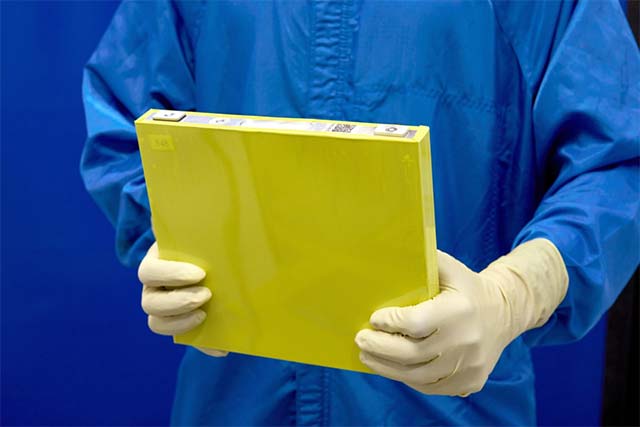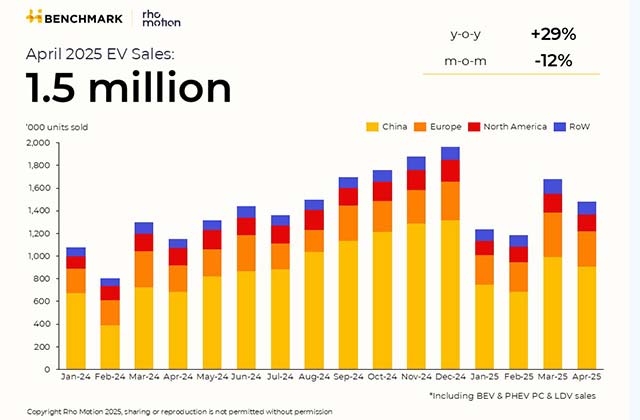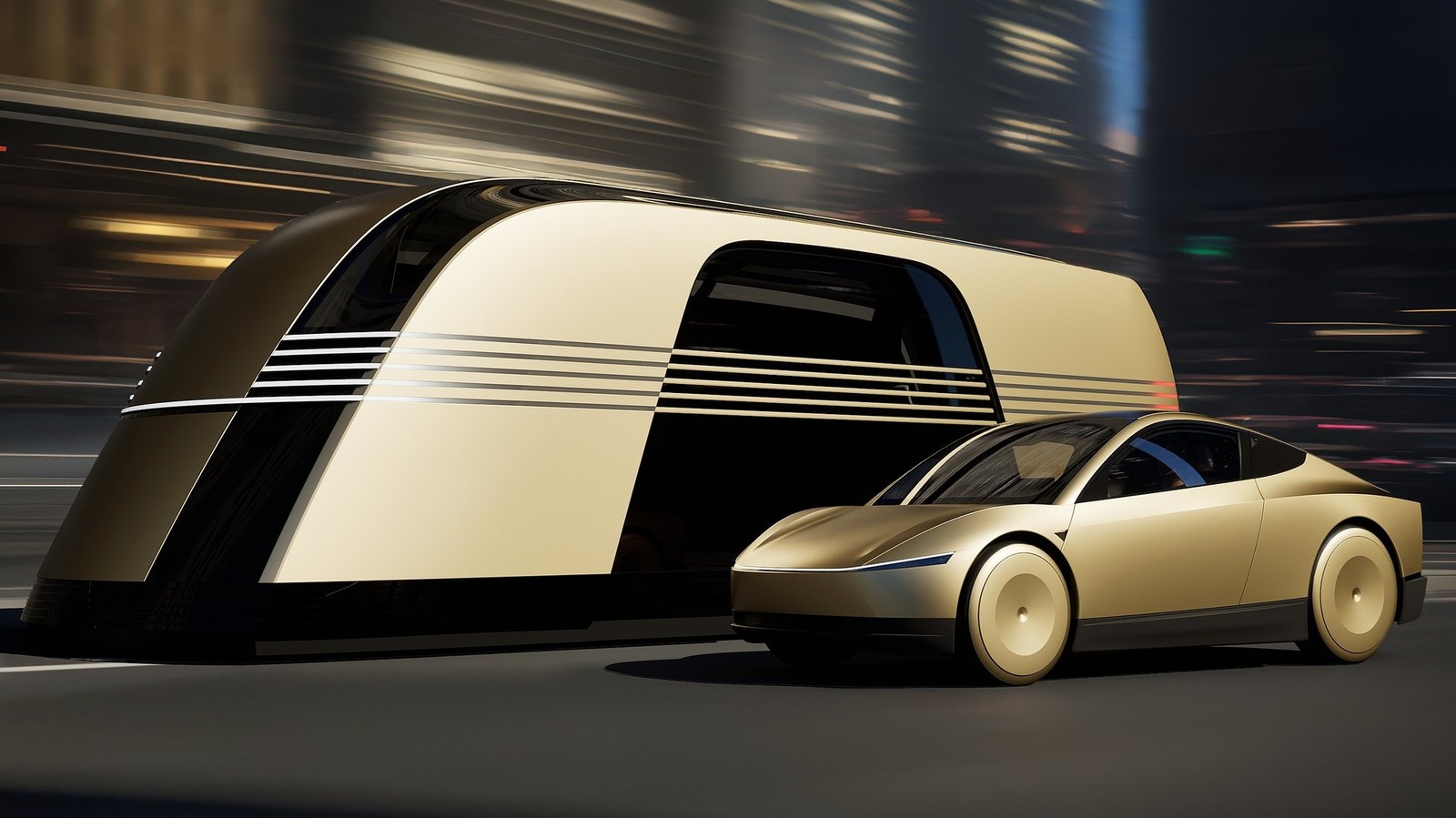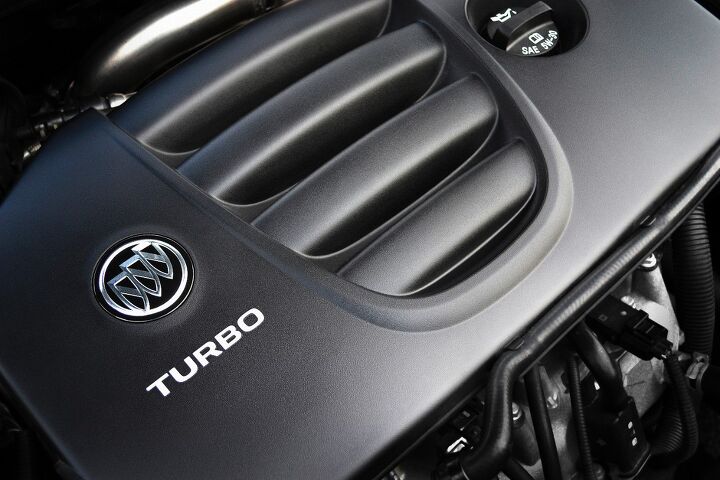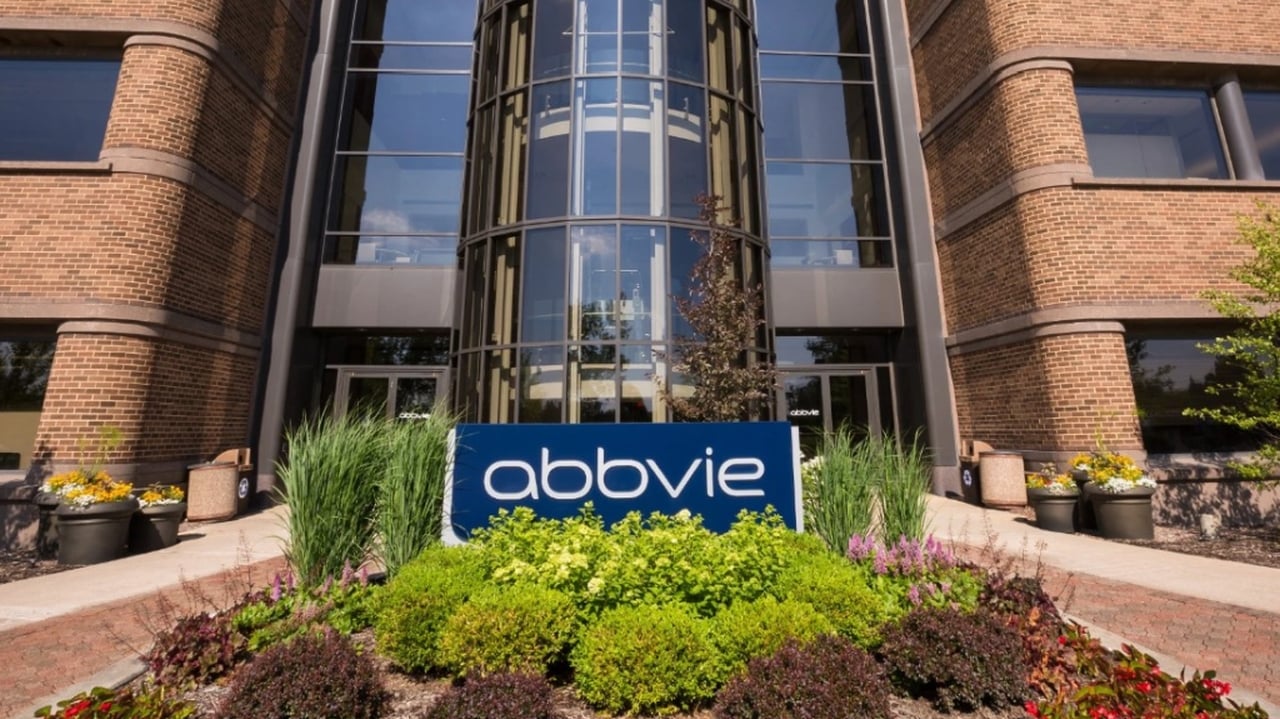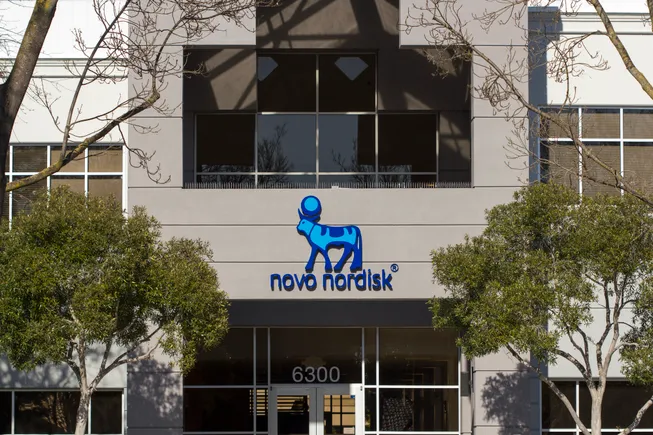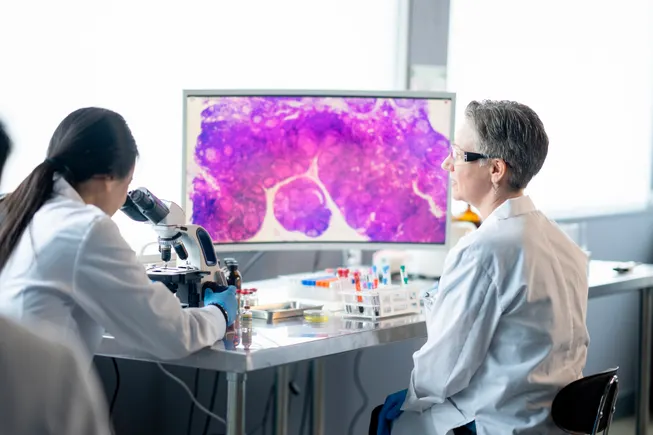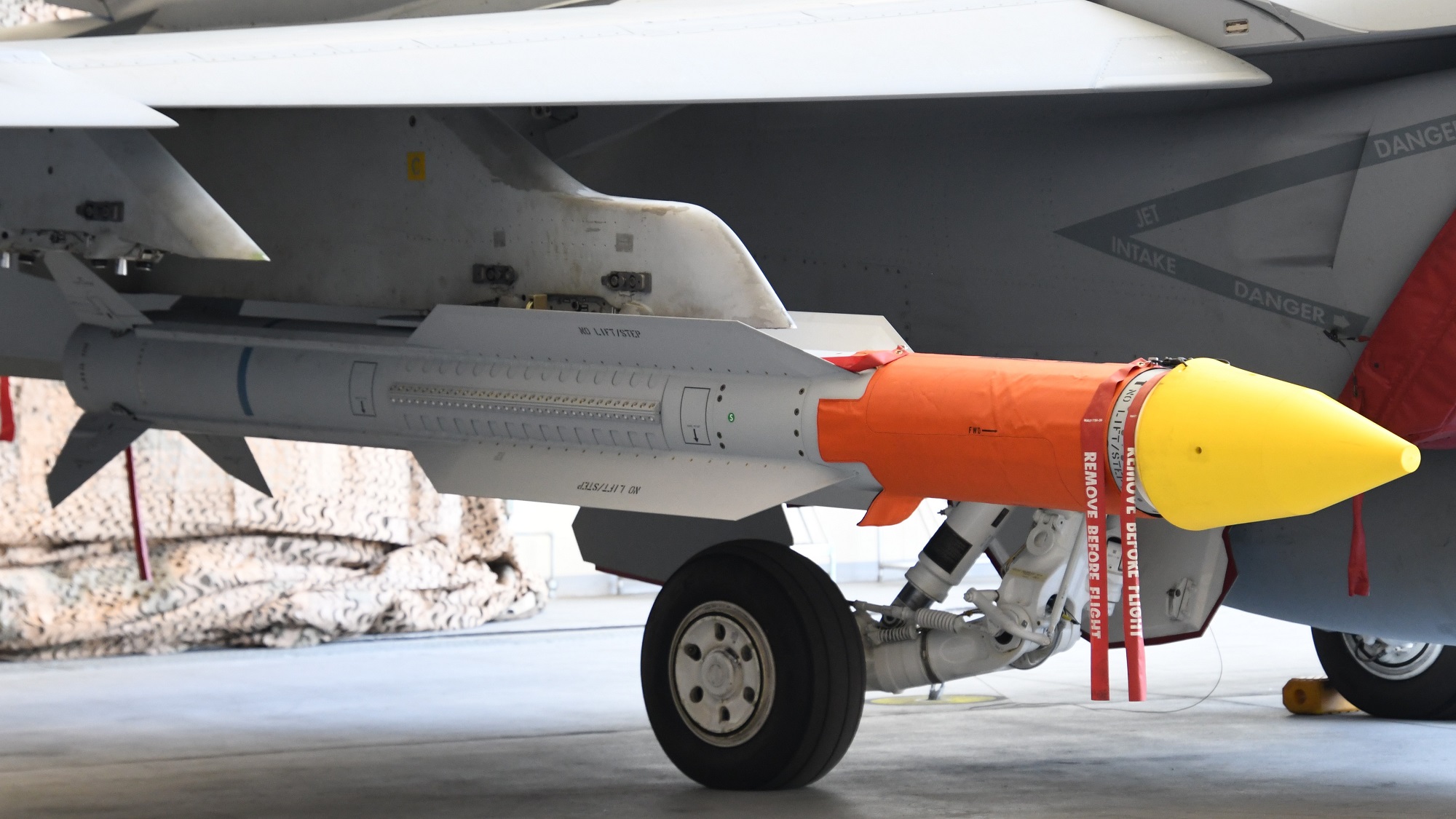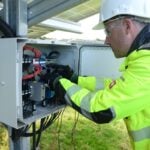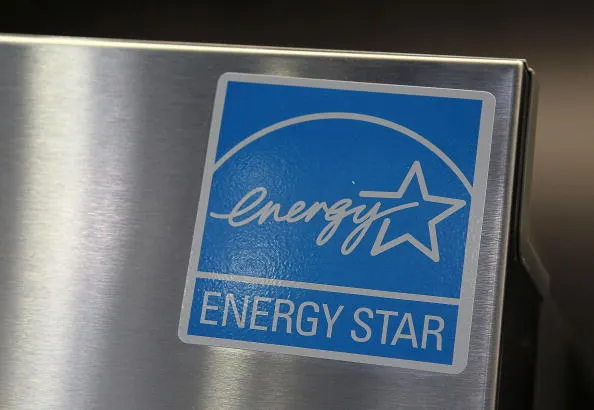Lattice‐Matched Ru/W2C Heterointerfaces with Reversible Hydrogen Spillover for Efficient Alkaline Hydrogen Evolution
Advanced Energy Materials, Volume 15, Issue 18, May 13, 2025.

The lattice-matched heterointerfaces weaken interfacial proton adsorption energy to effectively promote the reversible hydrogen spillover process, which endows the Ru/W2C heterogeneous electrocatalyst with a low overpotential, a high mass current density, and a low turnover frequency, far overwhelming the commercial benchmark Ru/C and Pt/C.
Abstract
The effect of lattice-matched heterointerfaces on the hydrogen reverse spillover process for accelerating alkaline hydrogen evolution reaction (HER) kinetics has not yet been reported. Herein, a lattice-matched Ru/W2C heterostructure is successfully constructed for effective hydrogen production. Experimental and theoretical results reveal that the Ru nanocluster can effectively stabilize W2C and thus promote the formation of phase-pure W2C in the Ru/W2C heterostructure. In addition, it is revealed that H2O dissociation proceeded on W2C, and the formed H intermediates are subsequently migrated to adjacent interfacial Ru sites for H─H coupling and H2 release. This is enabled via a reversible hydrogen spillover mechanism promoted by the lattice-matched heterointerfaces that can weaken interfacial proton adsorption. As expected, the Ru/W2C heterogeneous electrocatalyst exhibited a superior HER performance with a low overpotential of 17 mV at 10 mA cm−2, a high mass current density (6.44 A mgRu −1), and a low turnover frequency (TOF) value (2.8 s−1) at the overpotential of 100 mV, far overwhelming the benchmark Ru/C and Pt/C. The study may offer a new perspective for the design of highly active electrocatalysts for alkaline HER.

























